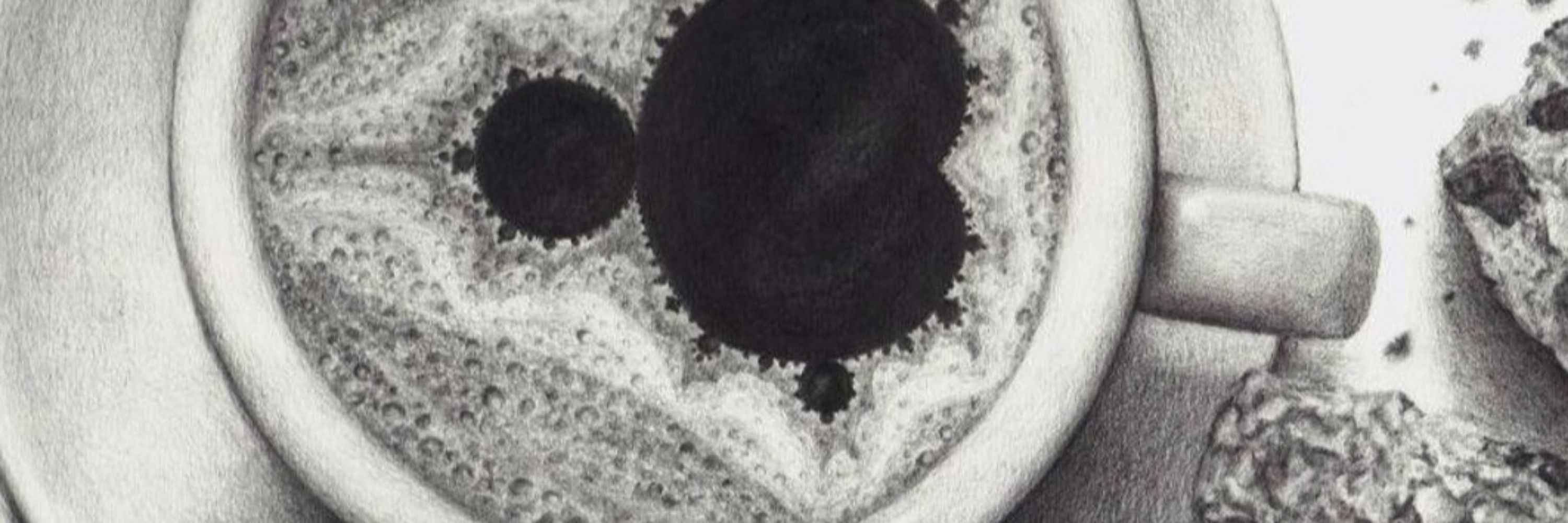Alex Thiery
@alexxthiery.bsky.social
1.6K followers
960 following
140 posts
Associate Prof. in ML & Statistics at NUS 🇸🇬
MonteCarlo methods, probabilistic models, Inverse Problems, Optimization
https://alexxthiery.github.io/
Posts
Media
Videos
Starter Packs
Reposted by Alex Thiery
Alex Thiery
@alexxthiery.bsky.social
· Jun 23
Alex Thiery
@alexxthiery.bsky.social
· Jun 23

Unbiased and Consistent Nested Sampling via Sequential Monte Carlo
We introduce a new class of sequential Monte Carlo methods which reformulates the essence of the nested sampling method of Skilling (2006) in terms of sequential Monte Carlo techniques. Two new algori...
arxiv.org
Alex Thiery
@alexxthiery.bsky.social
· Jun 15
Alex Thiery
@alexxthiery.bsky.social
· Jun 13
Alex Thiery
@alexxthiery.bsky.social
· Jun 13

Sequential Monte Carlo approximations of Wasserstein--Fisher--Rao gradient flows
We consider the problem of sampling from a probability distribution $π$. It is well known that this can be written as an optimisation problem over the space of probability distribution in which we aim...
arxiv.org
Reposted by Alex Thiery
Reposted by Alex Thiery
Sam Power
@spmontecarlo.bsky.social
· Jun 1
Alex Thiery
@alexxthiery.bsky.social
· May 17
Alex Thiery
@alexxthiery.bsky.social
· May 17
Reposted by Alex Thiery
Alex Thiery
@alexxthiery.bsky.social
· Apr 1
Alex Thiery
@alexxthiery.bsky.social
· Apr 1

Algebraic Techniques for Enumerating Self-Avoiding Walks on the Square Lattice
We describe a new algebraic technique for enumerating self-avoiding walks on the rectangular lattice. The computational complexity of enumerating walks of $N$ steps is of order $3^{N/4}$ times a polyn...
arxiv.org
Alex Thiery
@alexxthiery.bsky.social
· Mar 30





